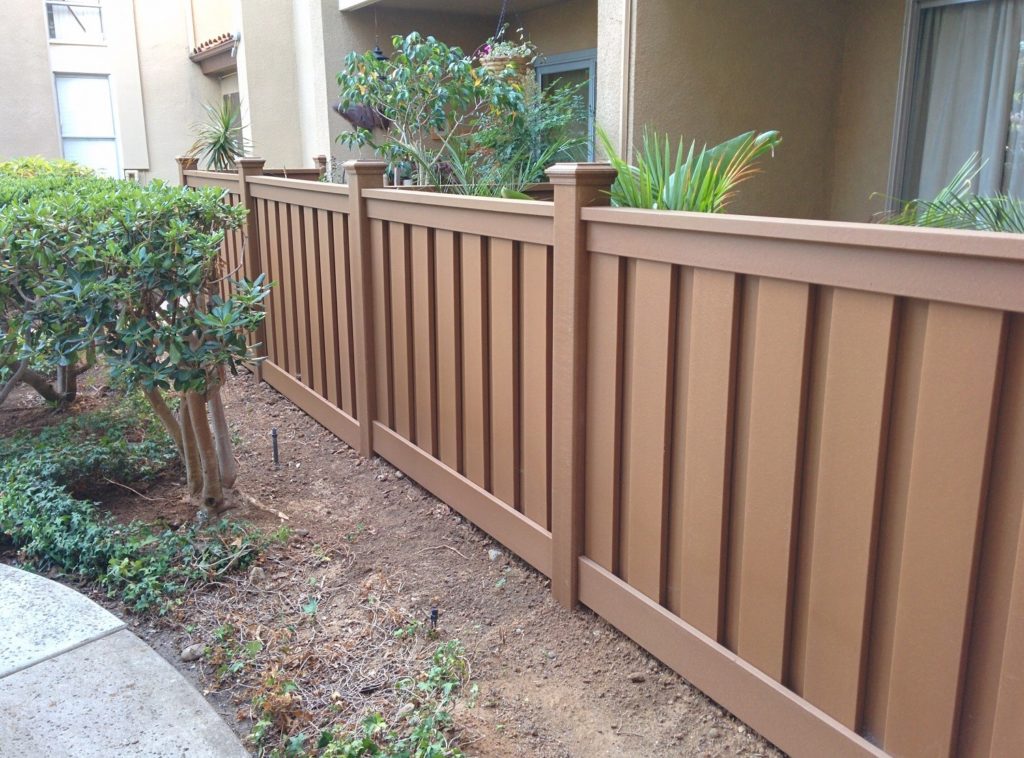How to Create a Professional Looking Landscape Edging?
As a homeowner or marketer, you want your landscape to look professional and be something people will admire. One part of achieving this look is the right kind of edging. A well-designed landscaping edge can encase an outdoor space for organization and add definition to its aesthetic appeal. When considering how to create an effective and lasting landscape edging, there are several factors that may help your design stand out from the rest. So let’s take a closer look at what it takes to craft a high-quality landscaping edge that both professionals and laypeople can appreciate!
Choose the right edging material – options include plastic, stone, or metal
Choosing the right edging material for your landscaping project is an important decision, as it can impact the overall aesthetic and functionality of your outdoor space. The three most common options are plastic, stone, or metal, with each having its unique advantages and disadvantages. Plastic offers affordability and easy installation, while stone provides natural beauty and durability. On the other hand, metal offers a sleek and modern look, but requires more maintenance. Ultimately, the choice depends on your personal preference, budget, and the specific needs of your project.

Consider adding a border for a more finished look
When it comes to decorating a room, even the smallest details can make a big impact. Adding a border is a simple and affordable way to give any room a more finished look. A border can bring attention to a particular area of a room, frame artwork or pictures, or simply add a pop of color to a plain wall. Not only is a border versatile, but it also complements a variety of design styles from traditional to modern. So, consider adding a border to your space and see the transformation it can make!
Determine the length and width of your edging
When it’s time to install edging in your yard or garden, determining the correct length and width can be a crucial step in achieving the desired look and reducing maintenance. With a precise measurement, you can eliminate any guesswork and ensure a seamless installation. To determine the length and width of your edging, it’s important to consider the specific area you’re working with and the design or purpose of your edging.
Calculate how much material you will need to purchase
Are you planning a home renovation or a DIY project? Figuring out how much material you will need can be a daunting task. But fear not, with a little bit of math and some careful planning, you can make sure your project runs smoothly. First, take accurate measurements of the area you will be working on, and use those numbers to calculate the square footage. Then, research the size and coverage of the material you plan to use, such as wallpaper, paint or flooring. This information will allow you to estimate the amount of material you will need to purchase.
Prepare the soil before installation
Before installing any plants or shrubs to your garden, it’s important to properly prepare the soil. This step is crucial to ensure that your plants receive the necessary nutrients and moisture they need to grow and thrive. Start by removing any weeds or debris from the area and gently till the soil to aerate it. You may need to amend the soil with compost or other organic material to provide additional nutrients. A soil test can also be helpful in determining what adjustments, if any, need to be made.

Place the edging along the desired path and secure it in place with stakes or spikes
Creating a defined path in your garden or yard can help keep your space looking tidy and organized. Edging is a simple way to achieve this look and can be done in just a few steps. First, choose the location and path for the edging. Next, place the edging material along the desired path and secure it in place with stakes or spikes. This will keep the edging in place and prevent it from shifting over time. With little effort, you can transform your outdoor space and enjoy a more polished and finished look.
Well, there you have it – the basics of landscape edging to help your outdoor environment look more attractive and inviting. The key points to remember are to choose the right type of edging material for your yard, take into consideration any border to finish off the look, calculate how much material is needed by measuring length and width, prepare soil for installation, place the edging around desired pathways, and finally secure it in with stakes or spikes. Landscape edging is a great way to improve the overall appearance of your yard while also controlling plant growth in areas you would like them not reach. Good luck on your landscape edging project!
https://www.google.com/maps?cid=2478384282317447362
